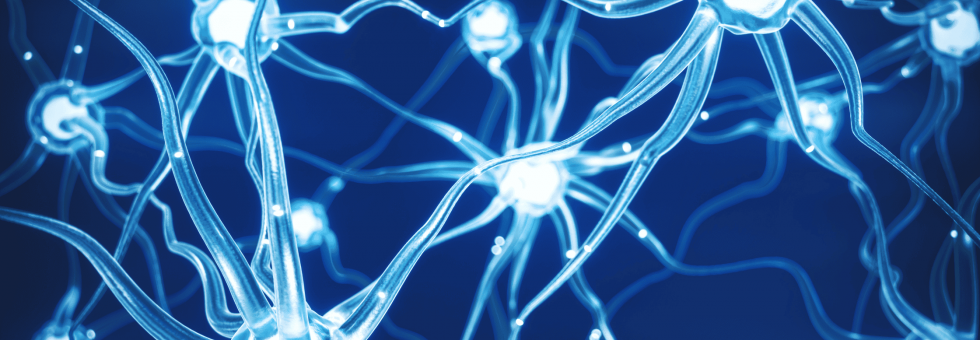What Are CNNs, and How Do They Work?
Convolutional Neural Networks (CNNs) are a specialized type of neural network designed for processing structured grid data like images. Unlike traditional neural networks, CNNs leverage the spatial structure of data, making them highly effective for image recognition tasks.
Key Components of CNNs:
- Convolutional Layers:
- Perform convolution operations to extract features such as edges, textures, and patterns from the input image.
- Use filters (kernels) to scan over the image and produce feature maps.
- Pooling Layers:
- Reduce the spatial dimensions of feature maps, making computations faster and reducing overfitting.
- Common pooling methods include MaxPooling and AveragePooling.
- Fully Connected Layers:
- Flatten the feature maps into a single vector and use dense layers for classification.
- Activation Functions:
- Non-linear functions like ReLU (Rectified Linear Unit) introduce non-linearity to the network, enabling it to learn complex patterns.
Building a CNN Using TensorFlow and Keras
TensorFlow and Keras make it easy to build and train CNNs for image recognition tasks. Let’s walk through the process of building a CNN to classify images of cats and dogs.
Example: Classifying Images of Cats and Dogs
Problem
We aim to classify images into two categories: cats and dogs. Each image is resized to 64×64 pixels and has three color channels (RGB).
Code Snippet
import tensorflow as tf
from tensorflow.keras import layers
# Build the CNN model
model = tf.keras.Sequential([
layers.Conv2D(32, (3, 3), activation='relu', input_shape=(64, 64, 3)), # Convolutional ayer
layers.MaxPooling2D((2, 2)), # MaxPooling layer
layers.Conv2D(64, (3, 3), activation='relu'),# Another Convolutional layer
layers.MaxPooling2D((2, 2)), # Another MaxPooling layer
layers.Flatten(), # Flatten the feature maps
layers.Dense(128, activation='relu'), # Fully connected layer
layers.Dense(1, activation='sigmoid') # Output layer for binary classification
])
# Compile the model
model.compile(optimizer='adam',
loss='binary_crossentropy',
metrics=['accuracy'])
# Train the model (assumes X_train and y_train are preprocessed)
model.fit(X_train, y_train, epochs=10)
# Evaluate the model
loss, accuracy = model.evaluate(X_test, y_test)
print(f"Test Accuracy: {accuracy:.2f}")
Explanation
- Model Architecture:
- The model starts with two convolutional layers, each followed by a MaxPooling layer to reduce the spatial dimensions.
- The Flatten layer converts the feature maps into a 1D vector.
- A dense layer with 128 neurons learns patterns, and the final output layer uses a sigmoid activation function for binary classification (cats vs. dogs).
- Compilation:
- Optimizer: Adam, an adaptive optimizer.
- Loss Function: Binary crossentropy for binary classification.
- Metrics: Accuracy to evaluate model performance.
- Training:
- The
fit()method trains the model for 10 epochs on the training dataset.
- The
- Evaluation:
- The
evaluate()method measures the model’s performance on the test dataset.
- The
Fun Fact: CNNs Can Recognize Patterns Better Than Humans in Some Tasks
CNNs can outperform humans in certain image recognition tasks, such as identifying subtle patterns in medical imaging that are not easily visible to the human eye.
Conclusion
Convolutional Neural Networks (CNNs) are the backbone of modern image recognition systems. By leveraging TensorFlow and Keras, you can quickly build and train CNNs for tasks like classifying cats and dogs. This example provides a strong starting point for exploring more advanced architectures like ResNet and VGG.
Are you eager to dive into the world of Artificial Intelligence? Start your journey by experimenting with popular AI tools available on www.labasservice.com labs. Whether you’re a beginner looking to learn or an organization seeking to harness the power of AI, our platform provides the resources you need to explore and innovate. If you’re interested in tailored AI solutions for your business, our team is here to help. Reach out to us at [email protected], and let’s collaborate to transform your ideas into impactful AI-driven solutions.





